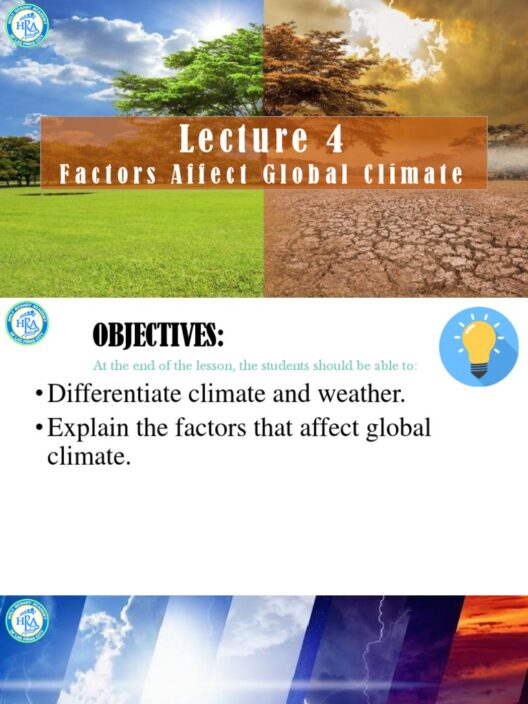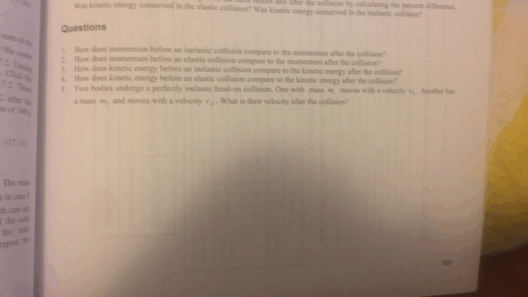Energy conservation is not merely an individual pursuit; it serves as a cornerstone for a sustainable future. In an era characterized by rampant consumption and environmental degradation, the urgency for prudent energy usage has never been more pronounced. This guide aims to illuminate the pathways to conserving energy in daily life, thereby contributing to a larger ethos of sustainability.
Understanding the core reasons behind the necessity to conserve energy is essential. Primarily, energy conservation mitigates the depletion of natural resources. The rampant use of fossil fuels contributes to greenhouse gas emissions, which accelerates climate change. An astute awareness of these implications can transform our everyday choices.
One of the most immediate actions a beginner can take is to conduct an energy audit of their household. This process involves scrutinizing energy consumption patterns by evaluating appliances, lighting, and heating systems. Identifying high-consumption devices is a prudent first step toward informed decision-making. Tools such as watt-meters can quantify energy usage, providing concrete data to influence changes.
Upon completing your audit, focus on the appliances and systems consuming the most energy. For example, switching to energy-efficient appliances marked with the Energy Star label can yield substantial savings. These devices utilize advanced technologies to reduce energy consumption, often without sacrificing performance. For individuals inclined toward technology, smart thermostats represent a sophisticated solution, allowing users to optimize their heating and cooling schedules with remarkable precision.
In addition to device replacement, behavioral changes can have a significant impact on energy conservation. Simple actions, such as turning off lights when leaving a room, can add up over time. More rigorously, one can adopt habits like unplugging chargers and electronic devices when not in use. This practice can curtail the phantom load—energy consumed by devices that remain plugged in but idle.
Heating and cooling are often the largest energy expenditures in a home. By optimizing heating and cooling strategies, substantial gains in energy efficiency can be realized. A few strategies include:
- Sealing Air Leaks: Use caulk or weather stripping to eliminate drafts around windows and doors. This minimizes the influx of unconditioned air, allowing existing heating and cooling systems to operate more efficiently.
- Insulation: Adequate insulation in attics, walls, and floors can drastically reduce heating and cooling demands. This investment often pays dividends in reduced energy bills.
- Temperature Control: Setting thermostats to a lower temperature in winter and a higher setting in summer can lead to significant energy savings. Programmable thermostats can automate these adjustments based on occupancy patterns.
Lighting, another critical component of energy consumption, offers a myriad of conservation opportunities. Incandescent bulbs consume excessive amounts of electricity and have a shorter lifespan compared to compact fluorescent lamps (CFLs) and light-emitting diodes (LEDs). Switching to LEDs can reduce energy usage dramatically while also providing superior longevity and lower total cost of ownership. Furthermore, embracing natural light by keeping curtains open during daytime can lessen the reliance on artificial lighting.
The role of renewable energy sources in individual energy conservation efforts cannot be overstated. Investing in solar panels, though initially steep in cost, can yield significant long-term savings and contribute to a reduced carbon footprint. Homeowners can also explore community solar programs or purchase renewable energy credits to support clean energy initiatives in their region.
An integral aspect of energy conservation lies in water heating, which often contributes significantly to overall energy consumption. Insulating water heaters and using high-efficiency models can markedly decrease energy use. Setting water heating thermostats to 120°F (49°C) is generally sufficient for most households and can reduce energy needs for heating water.
Beyond the walls of a home, energy conservation extends into transportation. Opting for public transit, biking, or carpooling can significantly reduce the carbon impact associated with individual vehicle use. Additionally, choosing fuel-efficient vehicles or hybrids is a judicious choice for those in the market for new transportation options. Conscious decisions about vehicle usage can lead to a profound impact on personal energy consumption and broader environmental benefits.
As our reliance on electronic devices continues to escalate, it’s vital to recognize the energy demands associated with our gadgets. Maintaining devices to ensure efficiency is key. Keeping software up to date can optimize performance, while judicious usage—such as limiting screen time—can also promote energy savings.
The significance of advocacy in energy conservation cannot be understated. Supporting policies that promote renewable energy, efficient public infrastructure, and sustainable practices fosters a societal shift towards environmental responsibility. Engaging in community efforts or educational initiatives can amplify individual actions into collective impact.
Finally, instilling sustainable habits in future generations is paramount. By modeling energy-efficient behaviors and educating children about the importance of energy conservation, the practice can manifest as a cultural norm. This long-term perspective fosters a sense of stewardship for the planet, ensuring that future generations inherit a more sustainable world.
In conclusion, the journey to energy conservation is multifaceted and requires both individual commitment and a communal ethos. Each small action contributes to a larger tapestry, one woven from the threads of responsibility and foresight. By being discerning with energy consumption, we are not only enhancing our own lives but also safeguarding the environment for future generations.







